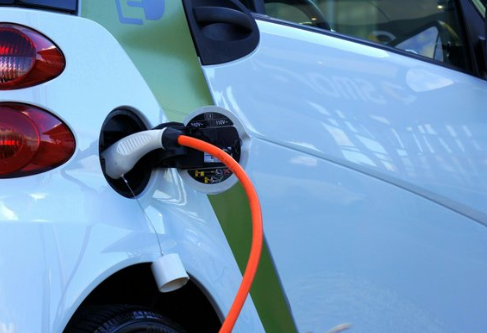China is not happy with the latest moves by the EU.
The European Union has recently imposed increased tariffs on Chinese electric vehicles (EVs), significantly impacting the cost and accessibility of these vehicles within the EU. This move is part of a broader effort to protect the European automotive industry from what the EU perceives as unfair competition due to substantial subsidies provided by Beijing to its domestic EV manufacturers. The new tariffs, which are provisional pending further investigation, vary from 17.4% to 37.6% and are in addition to an existing 10% duty.
This decision could escalate trade tensions between the EU and China, adding complexity to an already strained relationship similar to the ongoing trade disputes between Beijing and Washington. The EU represents the largest overseas market for China’s burgeoning EV industry, which has been crucial for Beijing’s strategy to offset a slowing domestic economy with increased high-tech exports.
Await response from China as for sure it won’t go without some kind of reaction.
EU confirms steep tariffs on Chinese electric vehicles, effective immediately https://t.co/F7HtJGcv8T— Ray Gladwell (@ra49050) July 4, 2024
The heightened tariffs are calculated based on the estimated state aid received by various Chinese manufacturers. Companies that cooperated with the EU’s investigation received lower tariffs, while those that did not saw higher duties imposed. Notably, SAIC Motor, a major player in the Chinese EV market and a partner of Volkswagen and General Motors, faces the highest new tariff at 37.6%. This is a significant blow, especially since SAIC’s revenues from European sales form a substantial part of its global earnings.
On the consumer front, European buyers like Patryk Krupcala from Poland and Luís Filipe Costa from Portugal, who have recently purchased Chinese-made EVs, may not be immediately affected by the tariff increase if their purchases were completed before the new rates were applied. However, potential future buyers might reconsider their options due to the expected price hikes.
EU raises customs duties on Chinese electric vehicles due to unfair subsidies. Tariffs aim to address market imbalance. Negotiations ongoing between EU and China.
Concerns about impact on European jobs and green technology production. Uncertainty looms over potential solutions… pic.twitter.com/IZ7uSinIlp
— EuroHub4Sino (@EuroHub4Sino) July 4, 2024
The increased tariffs have spurred some Chinese firms to localize their production within the EU to circumvent these duties. BYD is already establishing a factory in Hungary, Chery has entered into a joint venture in Spain, and SAIC is scouting for a location for its first European plant. This move aligns with the European Commission’s aim to encourage foreign investment in local production rather than relying on imports.
If only China had a bought and paid for leader like they do in the U.S., thy would not be having these problems.
EU increases its tariffs on Chinese electric vehicles https://t.co/CEhwipviKC pic.twitter.com/XuIhdI5E49
— EU Policies (@EU_Policies) July 4, 2024
Key Points:
i. The European Union has implemented increased tariffs on Chinese electric vehicles (EVs), ranging from 17.4% to 37.6%, on top of an existing 10% duty, aiming to protect the European automotive industry from subsidized Chinese competition.
ii. This tariff hike affects not only Chinese brands but also Western companies with manufacturing operations in China, potentially raising the cost of EVs across the EU.
iii. Major Chinese manufacturers like SAIC Motor, which partners with Volkswagen and General Motors, face the highest tariffs, with significant implications for their revenue from European markets.
iv. In response to these tariffs, Chinese EV manufacturers are beginning to establish production facilities in Europe, with companies like BYD and Chery developing plants in Hungary and Spain, respectively.
v. The shift in manufacturing to Europe by Chinese firms is intended to mitigate tariff impacts and aligns with the EU’s strategy to encourage local production over imports.
TL Holcomb – Reprinted with permission of Whatfinger News



